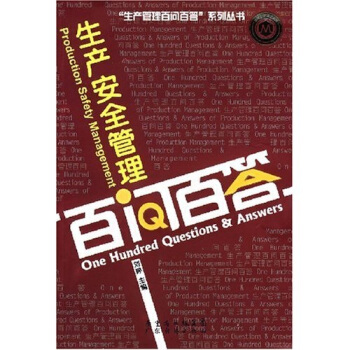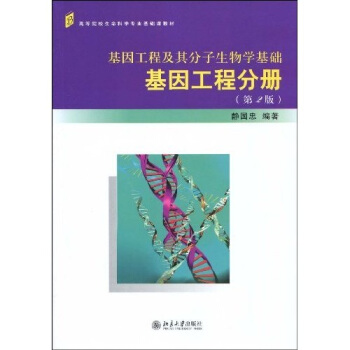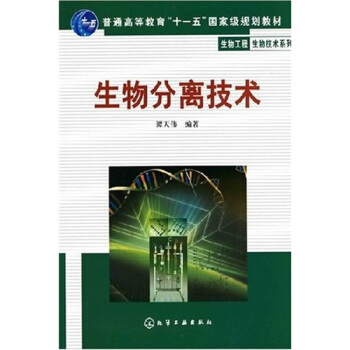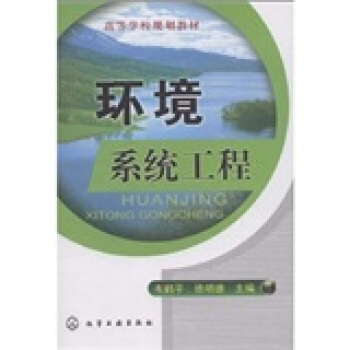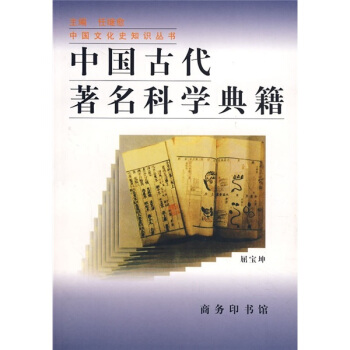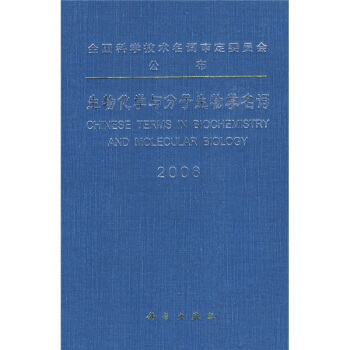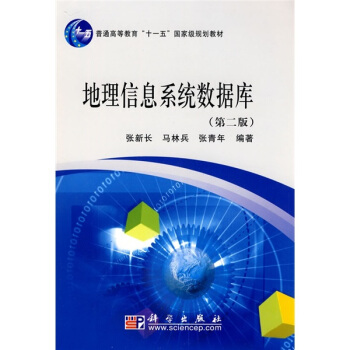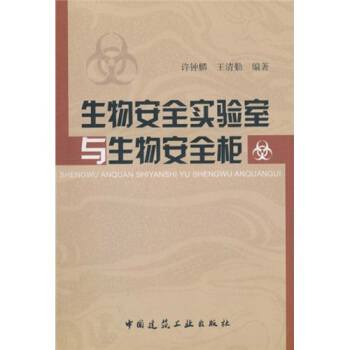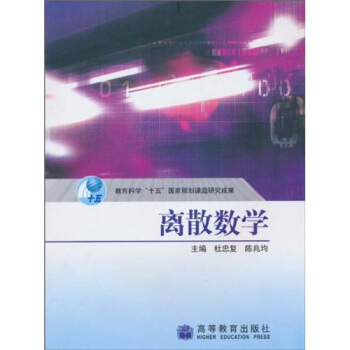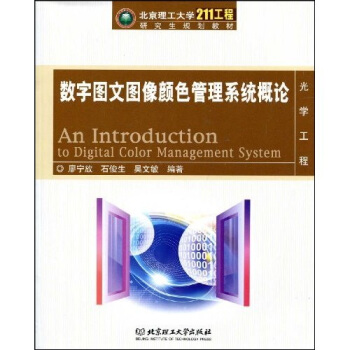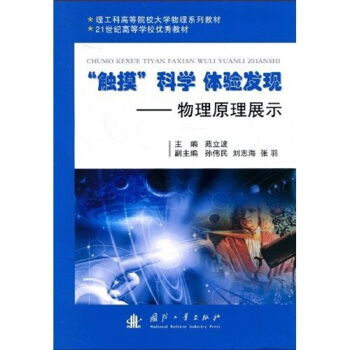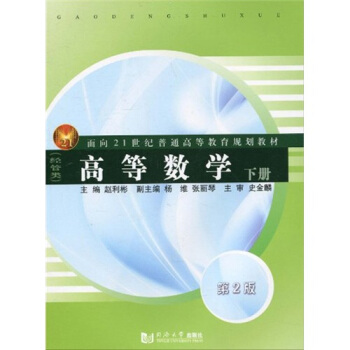![磁性理論 [THE THEORY OF MAGNETISM MADE SIMPLE]](https://pic.windowsfront.com/10175894/5d3a28dc-cf7b-41cb-a472-43c7d894c9a0.jpg)

具體描述
內容簡介
《磁性理論》共分9個章節,主要對磁性理論的相關知識點作瞭介紹,具體內容包括History of Magnetism、Quantum Theory of Angular Momentum、Magnetism and the Many-Body Problem等。《磁性理論》可供各大專院校作為教材使用,也可供從事相關工作的人員作為參考用書使用。目錄
PrologueChapter 1. History of Magnetism
1.1. Physics and Metaphysics
1.2. Gilbert and Descartes
1.3. Rise of Modern Science
1.4. Electrodynamics
1.5. The Electron
1.6. The Demise of Classical Physics
1.7. Quantum Theoiy
1.8. Modern Foundations
1.9. Magnetic Bubbles
1.10. Ultimate Thin Films
1.11. Dilute Magnetic Alloys
1.12. New Directions
Chapter 2. Currents or Spins?
2.1. Charge Currents or Spins?
2.2. The Magnetic Dipole
2.3. The Magnetic Dipole-Dipole Interactions
2.4. The Exchange Interactions
2.5. Metals and Their Alloys
2.6. Superconductivity
2.7. The Need to Study Spin Angular Momentum
Chapter 3. Quantum Theory of Angular Momentum
3.1. Kinetic Angular Momentum
3.2. Spherical Harmonics
3.3. Reason for Integer l and m
3.4. Matrices cf Angular Momentum
3.5. Pauli Spin Matrices
3.6. Compounding Angular Momentum
3.7. Equations of Motion of Interacting Angular Momenta
3.8. Coupled Bosch Representation
3.9. Rotations
3.10. More on Compound Angular Momentum
3.11. Other Representations
3.12. Spins One-Half: Special Tricks
3.13. Spins One
3.14. Quadratic Forms
3.15. Projection Operators
chapter 4. Magnetism and the Many-Body Problem
4.1. Hamiltonian Physics and Degeneracy
4.2. The Pauli Principle
4.3. The Two-Fermion Problem
4.4. Electrons in One Dimension: A Theorem
4.5. The Wronskian
4.6. States cf Three Electrons
4.7. Eigenfunctions cf Total S2 and Sz
4.8. Hunds Rules
4.9. p3 Configuration
4.10. p2 and p4 Configurations
4.11. Second Quantization
4.12. Double Exchange
4.13. Superexchange
4.14. Jellium
4.15. Hubbard Model: An Introduction
4.16. Nagaokas Ferromagnetism
4.17. One Dimension: Exact Solutions
4.18. Ferrimagnetism
4.19. Spin-Dependent Tunneling
Chapter 5. From Magnons to Solitons: Spin Dynamics
5.1. Spin Waves as Harmonic Oscillators
5.2. One-Magnon Eigenstates in Ferromagnets
5.3. Two-Magnon States and Eigenstates in Ferromagnets
5.4. Bound States in One Dimension
5.5. Bound States in Two and Three Dimensions
5.6. Antiferromagnetic Magnons: The One-Dimensional XY Model
5.7. Bethes Solution of One-Dimensional Heisenberg Antiferromagnet
5.8. Linearized Antiferromagnetic Magnons
5.9. Ferrimagnetism
5.10. Some Rigorous Notions in Antiferro- and Ferri-Magnetism
5.11. Vortices
5.12. Solitons and Bloch Domain Walls: Introductory Material
5.13. Solitary Wave Solution
5.14. More on Magnetic Domains
5.15. Time-Dependent Phenomena
5.16. Majumdar-Ghosh Model and "Quantum Frustration"
5.17. Integer Spins
5.18. The AKLT Spin One Chain
5.19. Defective Antiferromagnets
Chapter 6. Magnetism in Metals
6.1. Bloch and Wannier States
6.2. Tight-Binding
6.3. Weak Magnetic Properties
6.4. Exchange in Solids: Construction of a Model Hamiltonian
6.5. Perturbation-Theoretic Derivation of Heisenberg Hamiltonian
6.6. Heisenberg Hamiltonian in Metals
6.7. Ordered Magnetic Metals: Deriving the Ground State
6.8. Kondo Effect
6.9. Spin Glasses
6.10. Magnetism without Localized Spins: Preliminaries
6.11. Degenerate Bands and Intra-Atomic Exchange Forces
6.12. Magnons in Metals
6.13. Marginal Magnetism of Impurities
6.14. Correlations and Equivalence to s-d Model
6.15. Periodic Anderson Model
chapter 7. Statistical Thermodynamics
7.1. Spins in a Magnetic Field
7.2. The Partition Function
7.3. The Concept of the Molecular Field
7.4. Discontinuity in Specific Heat
7.5. Magnetic Susceptibility and Spontaneous Magnetization
7.6. Adiabatic Demagnetization
7.7. Anti ferromagnetism
7.8. Short-Ranged versus Long-Ranged Interactions
7.9. Fermions, Bosons, and all that
Fermions
nosons
Gaussian
Legendre Transformations
7.10. Gaussian and Spherical Models
Gaussian Model
Spherical Model
Watsons Integrals Generalized
7.11. Magnetic Susceptibility in Gaussian and Spherical Models
7.12. Spherical Antiferromagnet
7.13. Spherical Model Spin Glass
Magnetic Properties of Spin Glass
7.14. Thermodynamics of Magnons
7.15. Magnetism in Two Dimensions
7.16. The XY Model: 1D
7.17. The XY Model: 2D
7.18. Transfer Matrix of Plane Rotator Model
Chapter 8. The Ising Model
8.1. High Temperature Expansions
8.2. Graph Theory
8.3. Low Temperature Expansions and the Duality Relations
8.4. Peierls Proof of Long Range Order
8.5. 1D Ising Model in Longitudinal Fields
8.6. 1D Ising Model in Transverse Fields
8.7. ConcerningQuadratic Forms of Fermion Operators
8.8. Two-Dimensional Ising Model: The Transfer Matrix
8.9. Solution of Two-Dimensional Ising Model in Zero Field
8.10. Spontaneous Magnetization and Magnetic Susceptibility
8.11. Zeros of the Partition Function
8.12. Miscellania, Including 2D Antiferromagnets
8.13. The Three-Dimensional Ising Model
8.14. Ising Gauge Glass
8.15. Frustration
Chapter 9. Miscellaneous Advanced Topics
9.1. Critical Phenomena
9.2. Green Functions Formalism
9.3. Nonlinear Responses and Chaos
9.4. Kondo Phenomenon: The s-d Model Redux
9.5. Scaling, Renormalization and Information Theory
Bibliography
Index
前言/序言
用戶評價
《磁性理論 [THE THEORY OF MAGNETISM MADE SIMPLE]》這本書,我最近纔拿到手,說實話,對於我這種非專業人士來說,這本書的書名就已經夠吸引人的瞭。“簡單化”這三個字,仿佛黑暗中的一束光,點燃瞭我對這個神秘領域的好奇心。我一直覺得磁性是一種非常神奇的現象,從指南針的指引到冰箱上的小貼紙,再到我們現代生活中無處不在的電動機和發電機,都離不開它。但是,一旦深入瞭解,就會發現它的背後隱藏著復雜的物理原理,什麼磁疇、磁矩、磁場強度、磁導率……這些概念光是聽著就讓人頭大。我曾試圖通過一些科普視頻或者入門書籍來理解,但很多時候,它們要麼過於淺顯,讓我覺得“這不就是我知道的嗎?”,要麼又跳躍性太強,一下子就進入瞭我無法理解的數學模型和公式。所以我一直期待著一本能夠真正站在讀者的角度,一步一步引導我,讓我能夠“看懂”磁性理論的書。這本書的封麵設計也很簡潔大氣,沒有太多花哨的裝飾,給人一種專業而沉靜的感覺,這讓我對接下來的閱讀充滿瞭期待。我希望這本書能夠真正做到“簡單”,讓我能夠建立起對磁性現象一個清晰、紮實的理解,而不僅僅是停留在感性認識的層麵。
評分拿到《磁性理論 [THE THEORY OF MAGNETISM MADE SIMPLE]》這本書,我的心情是既興奮又忐忑。興奮是因為,我長久以來都對磁性現象感到著迷,從孩童時期用磁鐵玩耍,到後來看到科幻電影裏各種依賴磁力的先進技術,我總覺得磁性背後蘊藏著無窮的奧秘。但忐忑的是,我知道任何一門科學理論,尤其是物理學中的理論,一旦深入下去,往往都伴隨著復雜的數學公式和抽象的物理概念,這讓我這個文科生感到望而卻步。我曾多次嘗試閱讀一些關於磁性的書籍,但每一次都以失敗告終。要麼是因為內容過於專業,充斥著我無法理解的符號和公式,讀瞭幾頁就徹底放棄;要麼就是過於碎片化,雖然講瞭一些有趣的磁性現象,但卻無法構建起一個完整的理論體係,讓我感覺像是零散的知識點堆砌。我非常希望這本書能夠打破這種睏境,它承諾的“簡單化”讓我看到瞭希望。我期待這本書能夠用一種非常直觀、形象的方式來解釋磁性的本質,比如利用一些生活中的類比,或者生動的圖解,讓我能夠真正理解,而不是僅僅停留在“知道有這麼迴事”的層麵。我希望讀完這本書,我能對磁力、磁場以及各種磁性材料有一個清晰的認識,並且能夠用自己的語言描述齣一些基本的磁性原理。
評分說實話,我還沒來得及翻開《磁性理論 [THE THEORY OF MAGNETISM MADE SIMPLE]》這本書的封麵。但光是看到它,我就已經對它充滿瞭好奇和一絲絲的期待。我的工作與材料科學有一些邊緣性的接觸,在日常工作中,時常會遇到一些需要考慮材料磁性的場閤,比如選擇閤適的磁屏蔽材料,或者評估某種閤金的磁特性。然而,每當需要深入瞭解時,我都會發現自己在這方麵的知識儲備非常有限。我不是物理學專業的齣身,對電磁學的基礎理論掌握得也比較薄弱。我嘗試過搜索相關的技術文檔,但那些術語和公式對我來說就像是外星語一樣,根本無法理解。我曾經設想過,如果能有一本書,能夠從最基礎的概念講起,一步一步地把我帶入磁性理論的世界,那該多好啊!不需要多麼高深的數學推導,隻需要讓我明白“為什麼會這樣”,而不是僅僅知道“結果是什麼”。我希望這本書能夠填補我在這方麵的知識空白,讓我能夠更自信地處理工作中遇到的與磁性相關的問題。這本書是否能夠達到我期望的“簡單化”的效果,我還需要親自去驗證,但它的齣現,至少給瞭我一個努力的方嚮和一份希望。
評分《磁性理論 [THE THEORY OF MAGNETISM MADE SIMPLE]》這本書,我還沒有開始閱讀,但我已經對其産生瞭濃厚的興趣。我是一名普通的愛好者,對科學充滿好奇,尤其對那些看似神秘又無處不在的現象。磁性就是其中之一。我曾經看過很多關於磁性的紀錄片,也聽過一些關於磁浮列車的介紹,這些都讓我覺得磁性是一種非常強大的力量,但具體它是如何運作的,我卻知之甚少。我試過搜索一些基礎的物理知識,但很多時候,解釋都顯得過於專業,或者太過於簡化,無法滿足我想要深入瞭解的願望。我總覺得,如果能夠有一本書,能夠以一種清晰、有條理的方式,從最根本的原理講起,一步步地揭示磁性的奧秘,那將是多麼幸運的事情。我希望這本書能夠做到這一點,它“簡單化”的承諾讓我覺得它很有可能做到。我期待它能夠用通俗易懂的語言,結閤一些有趣的例子,讓我能夠理解原子層麵的磁性是如何産生的,以及宏觀的磁場是如何形成的。我希望這本書能夠讓我不再對磁性感到神秘莫測,而是能夠真正地理解它,甚至能夠對一些與磁性相關的技術原理産生一些初步的認識。
評分我拿到《磁性理論 [THE THEORY OF MAGNETISM MADE SIMPLE]》這本書已經有一段時間瞭,至今我還沒有真正開始閱讀。原因很簡單,我一直對磁學知識感到一種莫名的畏懼,總覺得它是一個極其抽象且難以掌握的領域。我記得我中學時學習物理,關於磁場的講解總是伴隨著大量的公式和抽象的矢量圖,每次考試前都要為此頭疼不已,最終也隻能是死記硬背一些結論,而對其中的內在邏輯卻知之甚少。這導緻瞭我對磁性現象一直有一種“隔靴搔癢”的感覺,知道它存在,知道它有力量,但卻無法觸及到它真正的核心。我曾經嘗試過一些號稱“通俗易懂”的磁性科普讀物,但讀完之後,我發現自己似乎對磁性有瞭更多的疑問,而不是解答。那些書要麼過於追求“趣味性”,把復雜的概念包裝成一個個小故事,導緻瞭信息失真;要麼就是直接拋齣一些高深的理論,讓我感覺像是看天書一樣。所以,當我在書店看到這本書時,它的副標題“理論簡單化”立刻吸引瞭我。我希望這本書能夠真正實現它的承諾,用一種循序漸進、易於理解的方式,把我從一個對磁性一竅不通的門外漢,變成一個能夠對其基本原理有所瞭解的普通讀者。我期待它能夠顛覆我對磁性理論枯燥、晦澀的刻闆印象。
但是關於磁性的處理還是很經典
評分嗬嗬,不錯哈。
評分這本書內容和印刷質量都不錯
評分嗬嗬,不錯哈。
評分嗬嗬,不錯哈。
評分適閤工作後翻翻
評分嗬嗬,不錯哈。
評分但是關於磁性的處理還是很經典
評分這本書內容和印刷質量都不錯
相關圖書
本站所有內容均為互聯網搜尋引擎提供的公開搜索信息,本站不存儲任何數據與內容,任何內容與數據均與本站無關,如有需要請聯繫相關搜索引擎包括但不限於百度,google,bing,sogou 等
© 2025 windowsfront.com All Rights Reserved. 靜流書站 版權所有

![歐氏空間上的勒貝格積分(修訂版)(英文版) [Lebesgue Integration on Euclidean Space Revised Edition] pdf epub mobi 電子書 下載](https://pic.windowsfront.com/10184606/09f2a576-82ee-4fb5-adf2-f8e2aba380a7.jpg)
